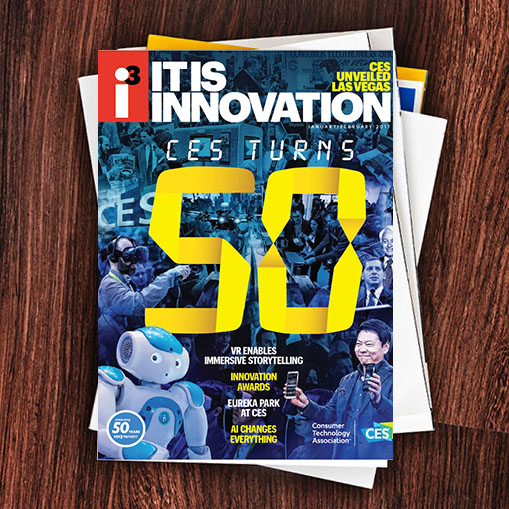Amazon, the world’s largest online retailer, ships most of its orders in corrugated containers that, on average, include 43 percent recovered fiber content. In the retailer’s U.S. fulfillment centers, which primarily ship larger products like televisions, Amazon has introduced some packaging materials that are 100 percent recyclable and made of 50 percent recycled material.
And Best Buy last July joined the “I Want To Be Recycled” campaign, an initiative by Keep America Beautiful and the Ad Council to remind consumers to recycle shipping and product packaging. As part of the initiative, all orders shipped from BestBuy.com include customized packaging design that drives consumers to learn where, what and how to properly recycle at IWantToBeRecycled.org.
Alongside the efforts of these retailers, manufacturers are also helping advance more sustainable packaging designs. In 2008, Dell launched its 3Cs program – Cube, Content and Curbside – to increase packaging recyclability. Eight years later, the program has upped its goal to eventually make 100 percent of Dell packages from sustainable materials, and by 2020 have them entirely recyclable or compostable. By the beginning of 2016, nearly 72 percent of Dell shipments were packaged in entirely sustainable materials and were recyclable or compostable.
HP implemented initiatives to use less material in packaging and optimize shipping densities for its products in 2012. In less than four years, one of their efforts to reuse wooden pallets has alone saved more than 23 million feet of lumber. And Microsoft has made its mobile packaging more than 95 percent fiber-based, out of which more than 78 percent comes from recycled materials. Even more remarkable, all Microsoft mobile packaging is 100 percent recyclable.
These companies and others are bringing about a new era of sustainability in the consumer tech industry. On top of innovating lighter, thinner, more sustainable and energy-effi cient products, the industry’s efforts toward smarter packaging are helping ensure consumers can enjoy their favorite tech devices and support a healthier future.

i3, the flagship magazine from the Consumer Technology Association (CTA)®, focuses on innovation in technology, policy and business as well as the entrepreneurs, industry leaders and startups that grow the consumer technology industry. Subscriptions to i3 are available free to qualified participants in the consumer electronics industry.